Plantations: Biodiversity, Carbon Sequestration, and Restoration
This book’s primary content explores plantation and non-plantation biodiversity values, mushrooms and woodlands, the roles of arbuscular mycorrhizal in tropical forestry and agro-forestry, the impacts on the abundance and diversity of soil legume-nodulating rhizobia and arbuscular mycorrhizal fungal communities in semiarid regional plantations. The book also investigates carbon biosequestration and bioenergy options of plantations, lessons from plantation forestry carbon sequestration, and carbon sequestration in agro forestry-block plantations or mangrove plantations. The book includes targeted chapters on forest restoration and management of plantations for restoring degraded landscapes, alluvial-gold-mining soil reclamation using Acacia mangium plantations, effects of forest practices on wild populations of Testudo hermanni, effects of incorporation of native species biomass in an acidic andisol to control water contamination from plant residues, and ecohydrology of Amazonian rain forest ecosystems. The international list of authors were carefully selected, and through a rigorous peer review process, this edited book aims to fill some of the information gaps in vegetation restoration and nutrient mobilization, particularly in under researched plantation ecosystems around the world. Our intended audience includes planners of projects to restore and manage forests or plantations; practitioners who implement those plans; forest resource managers who oversee the sites; forestry consultants; tree farms; environmental authorities; conservationists and students of forestry. We also hope that researchers and the public can find valued information for their future use and efforts. We hope that our work can bring scientists and policy-makers together to envision a sustainable future for woodlands’ health and productivity management.
{{comment.content}}
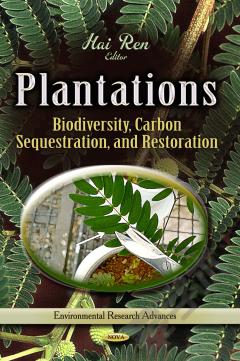
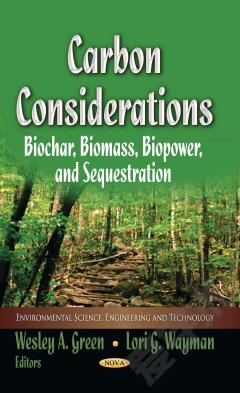

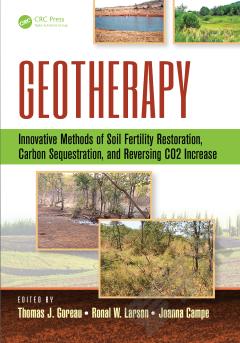
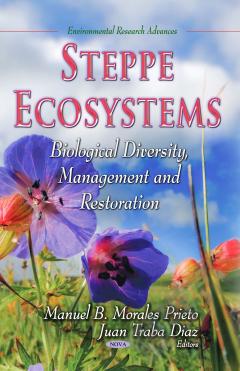
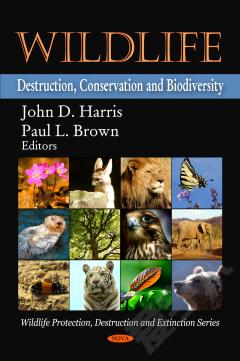


 京公网安备 11010802027623号
京公网安备 11010802027623号